When discussing air plants and the lighting requirements, we usually refer to 3 main lighting types. Filtered, Dappled, and Full to Partial Sun.
Filtered Light
The term filtered light refers to lighting that is more shade than sun. This light condition occurrs directly under larger, fuller trees and produces a pattern of small light spots. Many plants thrive in these locations. If you have an air plant that likes filtered light, then positioning them under a large tree can be ideal.
Dappled Light
The term dappled light refers to a larger spotted light patterns. If you were to sit outside for an afternoon and observe the sunlight as it passes thru higher branches of a large tree you will notice spots of sunlight reaching the ground. Dappled light stays consistent during the day as the light spots move across the ground based on the changing position of the sun. This is middle of the road lighting, not sunny or shady.
Full to Partial Sun
The last term described here for plant lighting is full to partial sun. Many plants require full sunlight for optimum health, blooming and reproduction. They can survive in partial full sun, but this can affect the leaf color and their blooming cycle. For full sunlight choose a location that faces south or west. These locations tend to have the most sun. Be careful not to choose locations where building are fairly close together. They can cast shadows that will reduce the amount of light your plant receives. If the area selected produces six or more hours of sunlight, then this is considered full sun. If the area selected has more than three, but less than six hours, then this is partial sun.
Be aware that the prime location you selected may not be work for the whole year. The sun changes position during the year which can cause shade to appear in areas where it was not present earlier.
Filtered Light
The term filtered light refers to lighting that is more shade than sun. This light condition occurrs directly under larger, fuller trees and produces a pattern of small light spots. Many plants thrive in these locations. If you have an air plant that likes filtered light, then positioning them under a large tree can be ideal.
Dappled Light
The term dappled light refers to a larger spotted light patterns. If you were to sit outside for an afternoon and observe the sunlight as it passes thru higher branches of a large tree you will notice spots of sunlight reaching the ground. Dappled light stays consistent during the day as the light spots move across the ground based on the changing position of the sun. This is middle of the road lighting, not sunny or shady.
Full to Partial Sun
The last term described here for plant lighting is full to partial sun. Many plants require full sunlight for optimum health, blooming and reproduction. They can survive in partial full sun, but this can affect the leaf color and their blooming cycle. For full sunlight choose a location that faces south or west. These locations tend to have the most sun. Be careful not to choose locations where building are fairly close together. They can cast shadows that will reduce the amount of light your plant receives. If the area selected produces six or more hours of sunlight, then this is considered full sun. If the area selected has more than three, but less than six hours, then this is partial sun.
Be aware that the prime location you selected may not be work for the whole year. The sun changes position during the year which can cause shade to appear in areas where it was not present earlier.


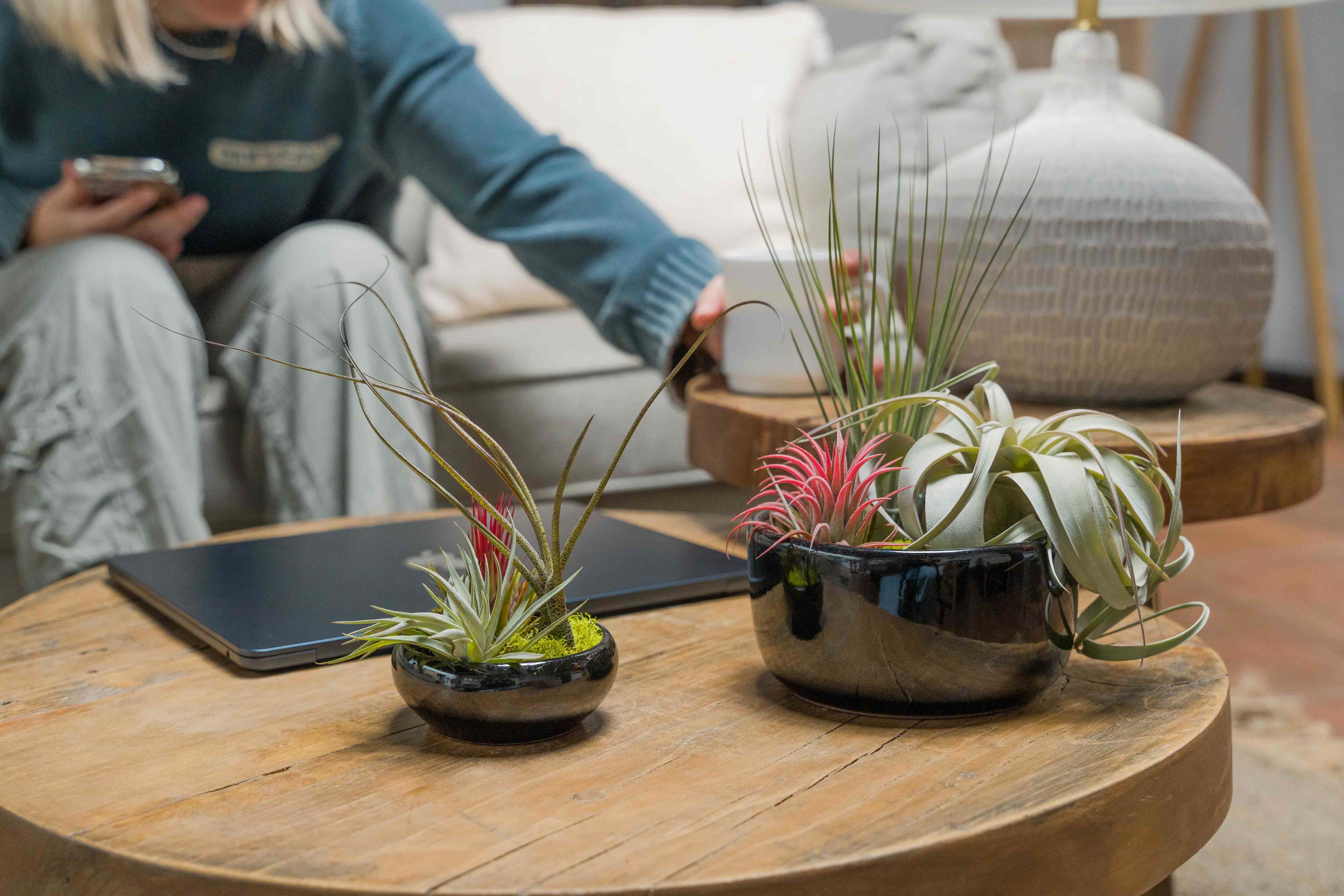
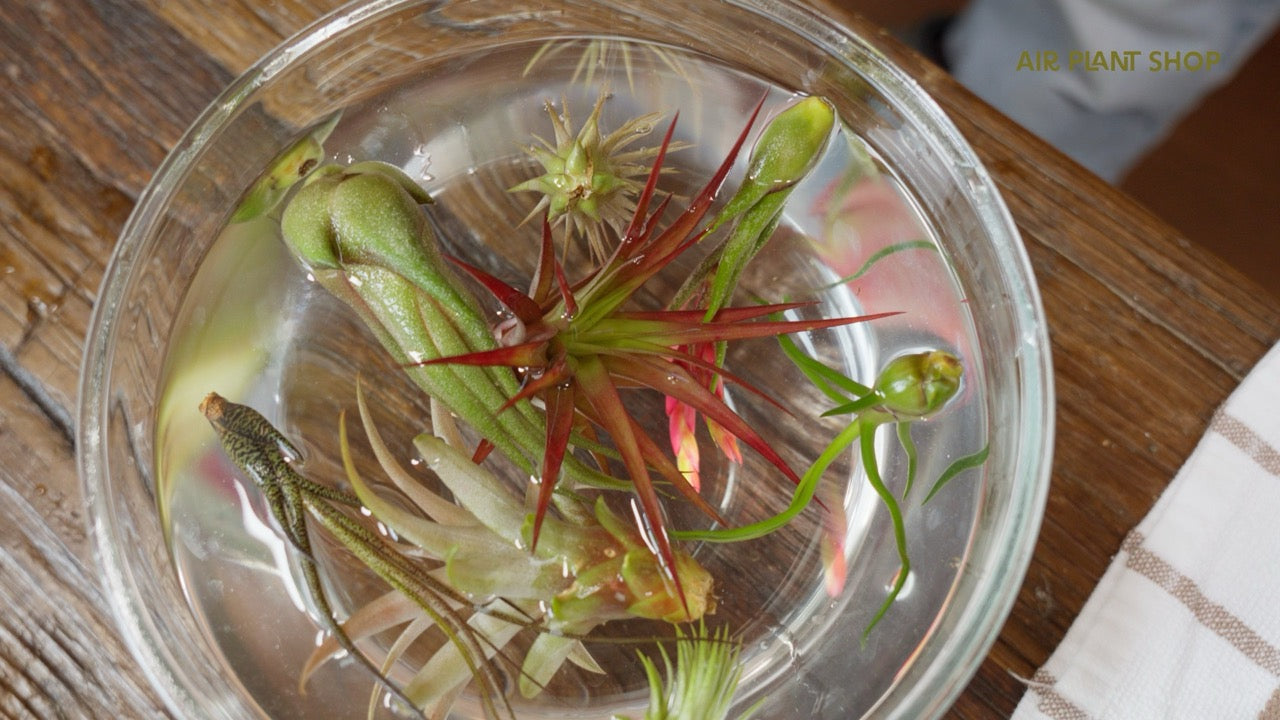
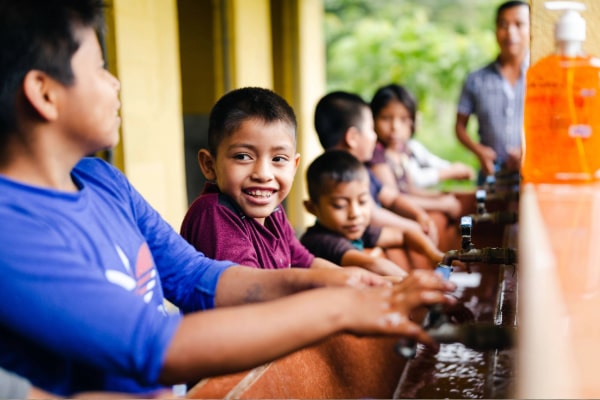
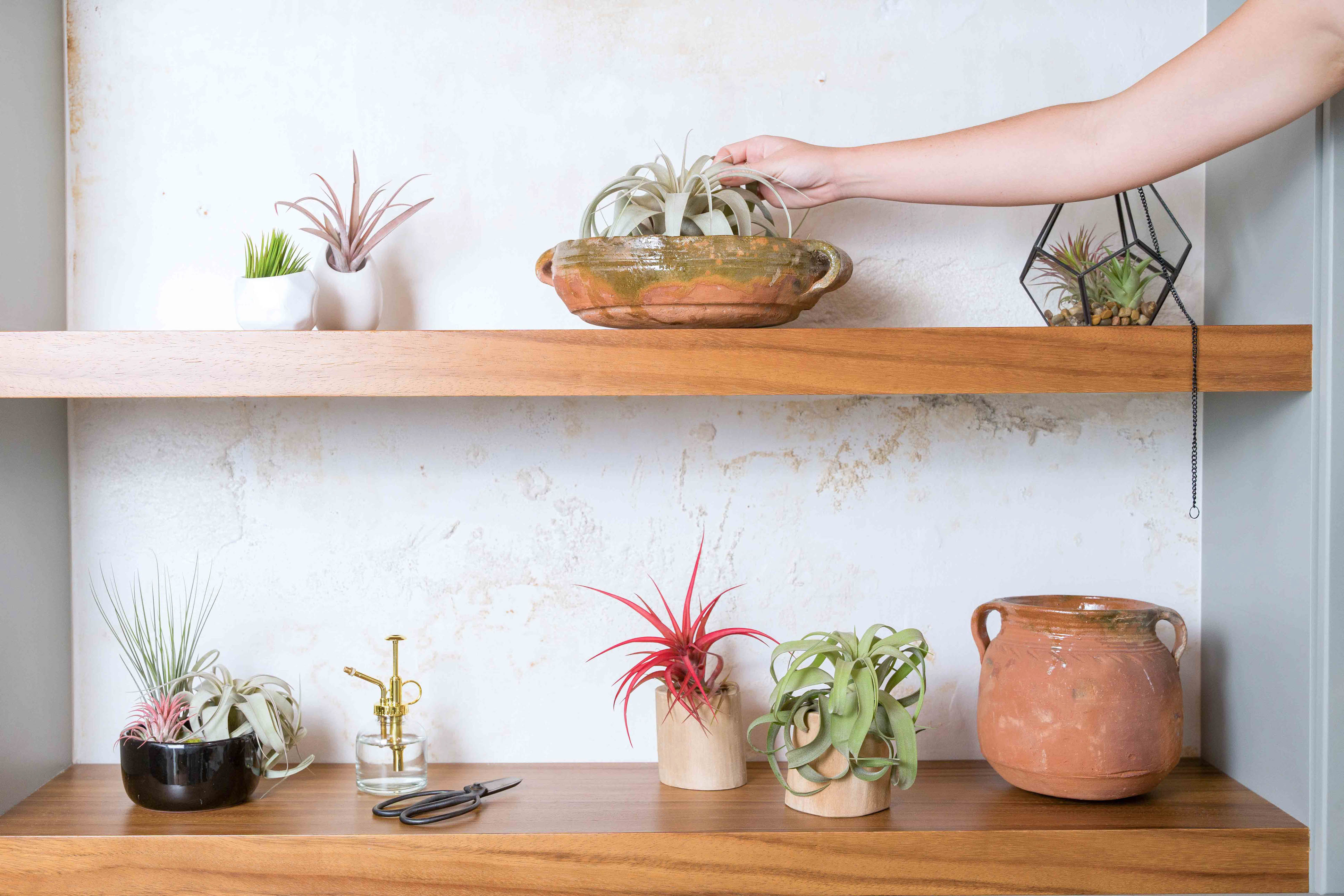
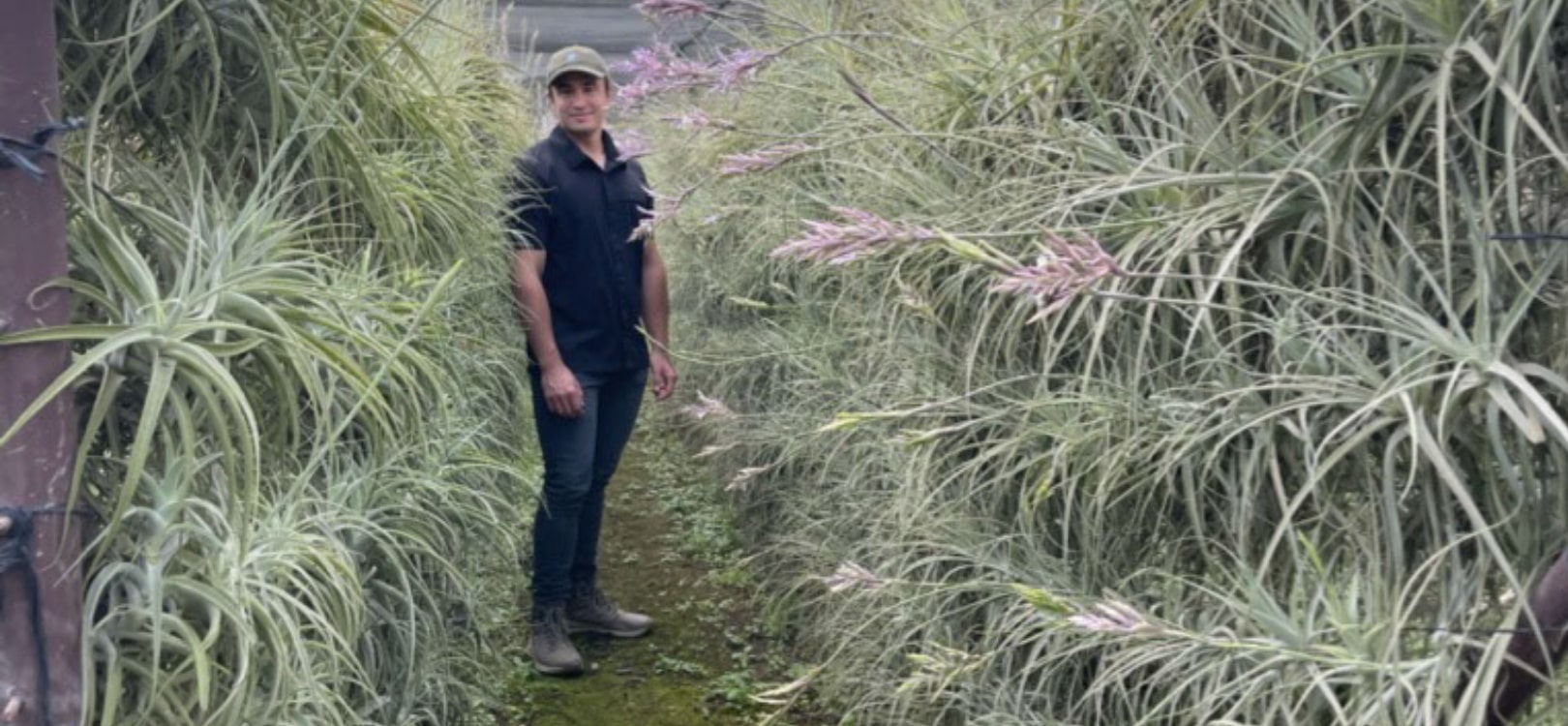
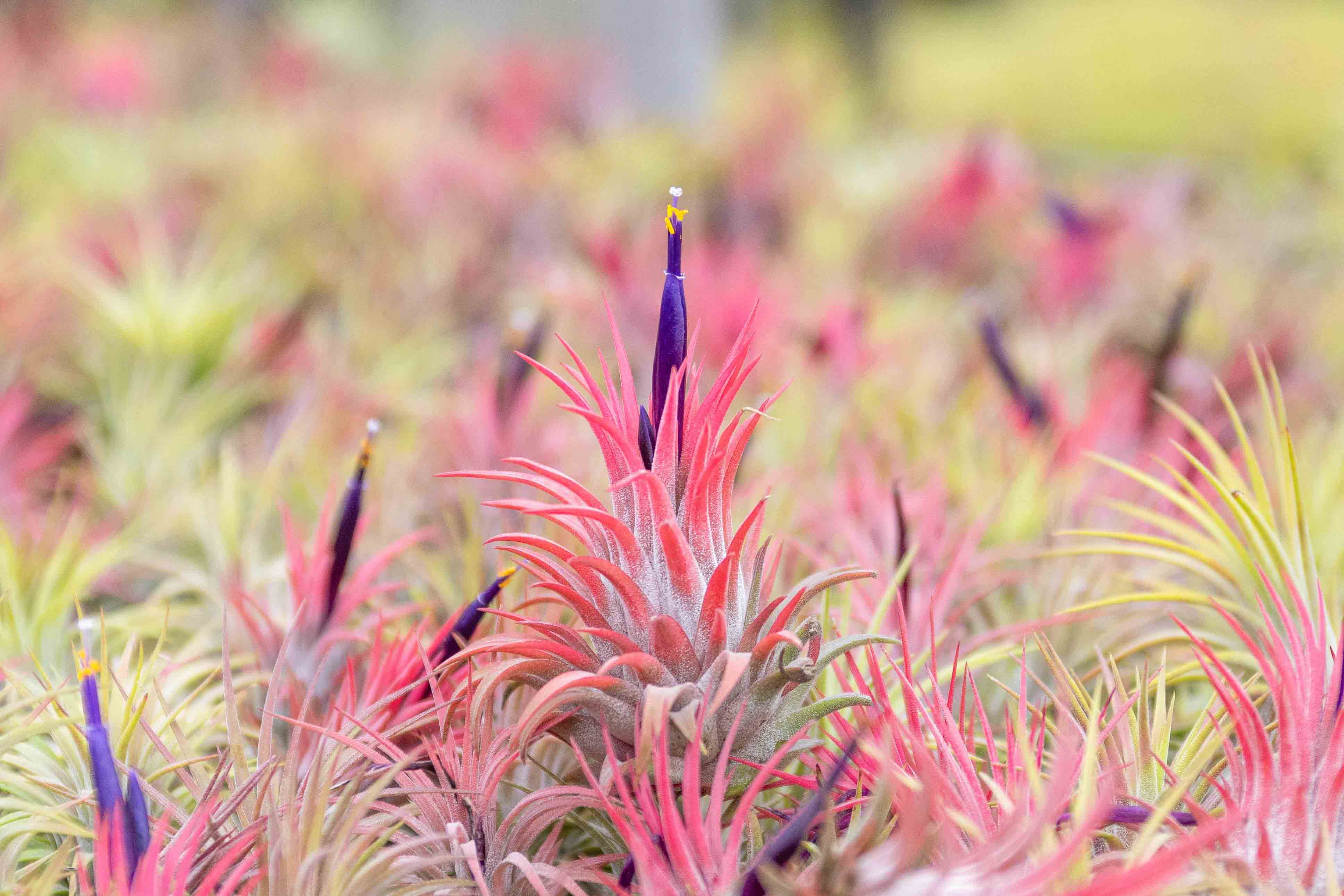
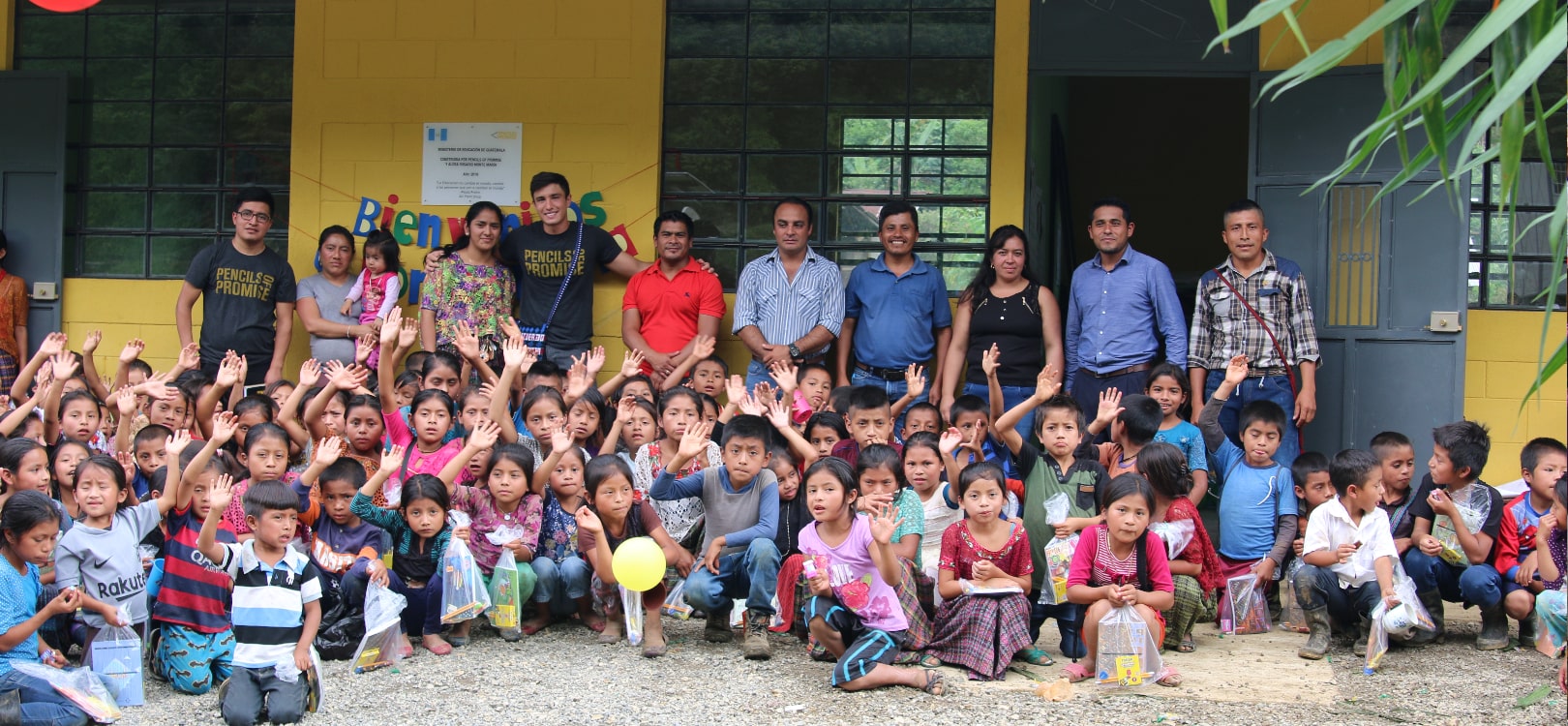

I would think of full and partial sun to be as described, but for houseplants, it could be the equivalent of the direct light coming through a window or from a grow-light, and landing on the plant for the same amount of hours. Dappled light could be sunlight coming through a partially opened miniblinds or through a sheer curtain fabric. Filtered light is basically shade on a sunny day, such as a plant set near a sunny window but perhaps on the opposite side of the room, away from any direct sunlight but still getting the room’s ambient light.
Leave a comment